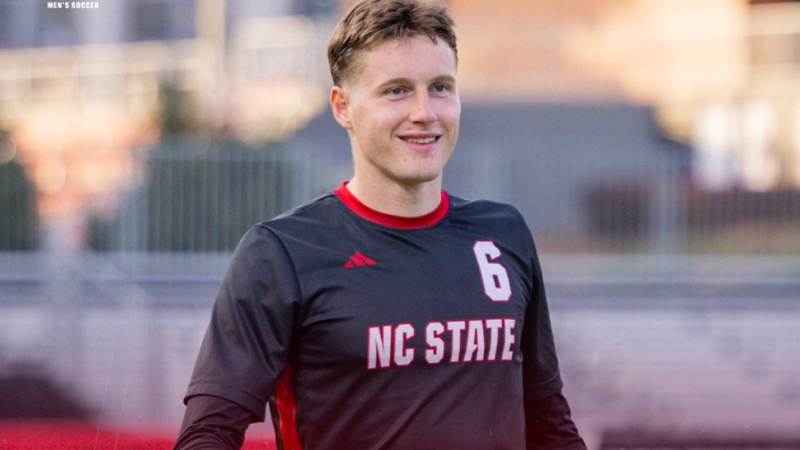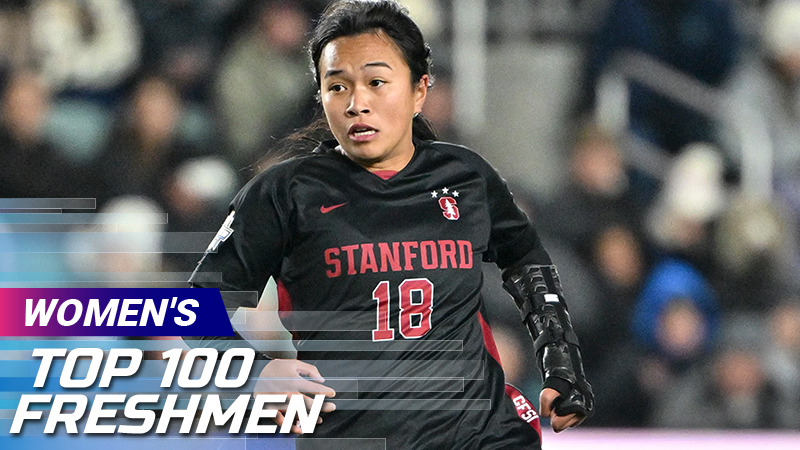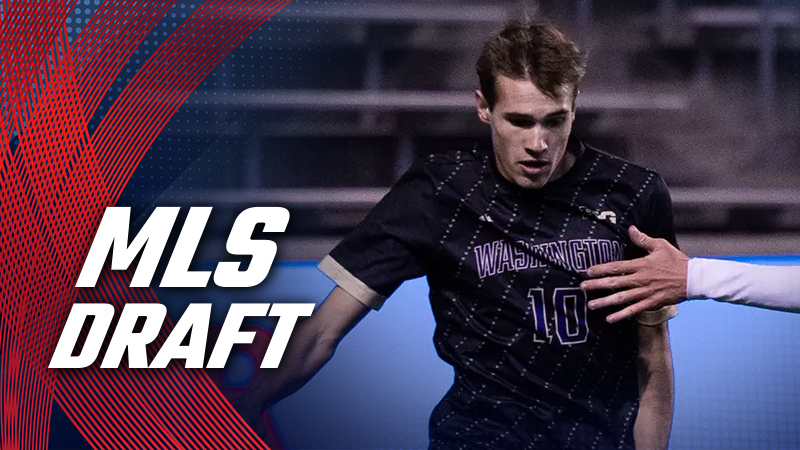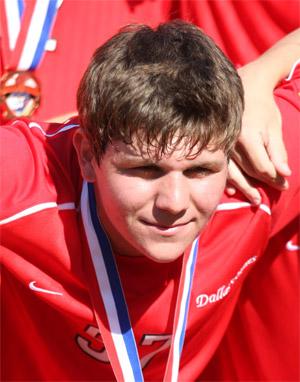 William Diebold
William DieboldRecruits limited to five "official" visits
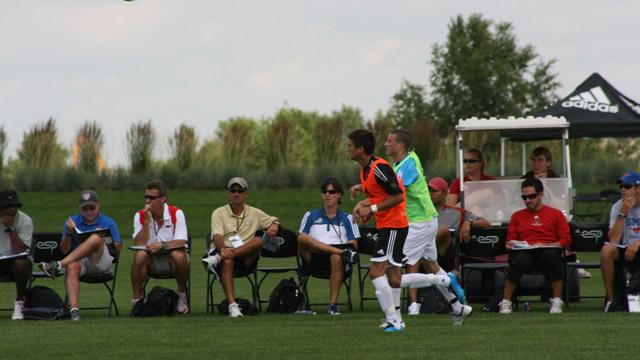
April 6, 2011
Cincinnati men’s coach Hylton Dayes is always a few steps ahead.
While we’ve only recently learned that 2012 graduates like Emmanuel Appiah, Cole DeNormandie, William Diebold and Taylor Hafling have made verbal commitments to the Bearcats, the framework for those relationships has long been in the works.
It’s the life of a college coach. The identification starts early and occurs often.
“Fifty-one weeks out of the year is a recruiting opportunity,” said Boston University women’s coach Nancy Feldman who will welcome signees like Ariana Aston, Taylor Krebs and Jamie Turchi this season.
 William Diebold
William DieboldSo how do coaches learn about prospects?
It generally starts with an inbox full of emails: emails from parents, emails from coaches.
Because coaches are not allowed to contact players prior to their senior year in high school – which in today’s day an age of recruiting is long after they’ve already committed - a lot of the early flirtations are done through clubs. A coach can express interest to a club coach, for instance, and a player can then contact the program.
This leads to an important piece of advice for aspiring college players.
“Get on the best possible club team you can,” Dayes said. “Putting yourself on a good team is a great way to gain exposure.”
On the boys’ side, the Development Academy has been a game-changer for men’s coaches who now have a centralized place to evaluate the top talent in the country.
Similarly, the ECNL has been a great asset for the women’s game, though girls’ recruiting is unfolding faster than ever with players giving verbal commitments at earlier ages all the time.
“It’s a natural progression of competition,” said Kentucky coach Jon Lipsitz who has a mind-boggling twelve 2012 verbal commitments for his women’s program. “It used to be that official visits were where a player would learn everything, and see everything about the campus and program. Now, unofficial visits are treated the same way.”
And they have to be, or a player will never make it back for an official.
Just for clarification, an unofficial visit is deemed as a player paying his or her own way during their tour of the campus. They can stay overnight, but must pay the housing fees.
An official visit occurs when a program pays for a part or the entire visit. A recruit only receives five official visits, though they often serve as nothing more than a victory lap – a paid trip to a program a player has already committed to.
It’s during the unofficial visits where decisions are made on both sides.
“We have 14 full scholarships to divvy up any way we like (meaning, partial scholarships can be given but the cumulative value must equal 14),” Feldman said.
Of course, nothing can be put into writing until Signing Day during a player’s senior year. Up until that point it’s all a bunch of high school flirting: email exchanging; third-party message passing and he said, she said commitments …
All the while, coaches are hard at work trying their best to notice and be noticed by the best prospects in the country.
Headlines
- Recruiting Roundup: December 15-21
- How Do I Get Scouted by TopDrawerSoccer?
- 2026 Women's Division I Transfer Tracker
- Niko Markovic Selected First in MLS Draft
- 2026 Major League Soccer Draft Results
- Women's College Postseason Freshmen Top 100
- TDS Boys Regional Rankings: Class of 2027
- 2026 Major League Soccer Mock Draft
- Women's College Postseason Top 100 Players
-
Top MLS Academy Alumni Performances

IMG Academy Top 200/150 Rankings

